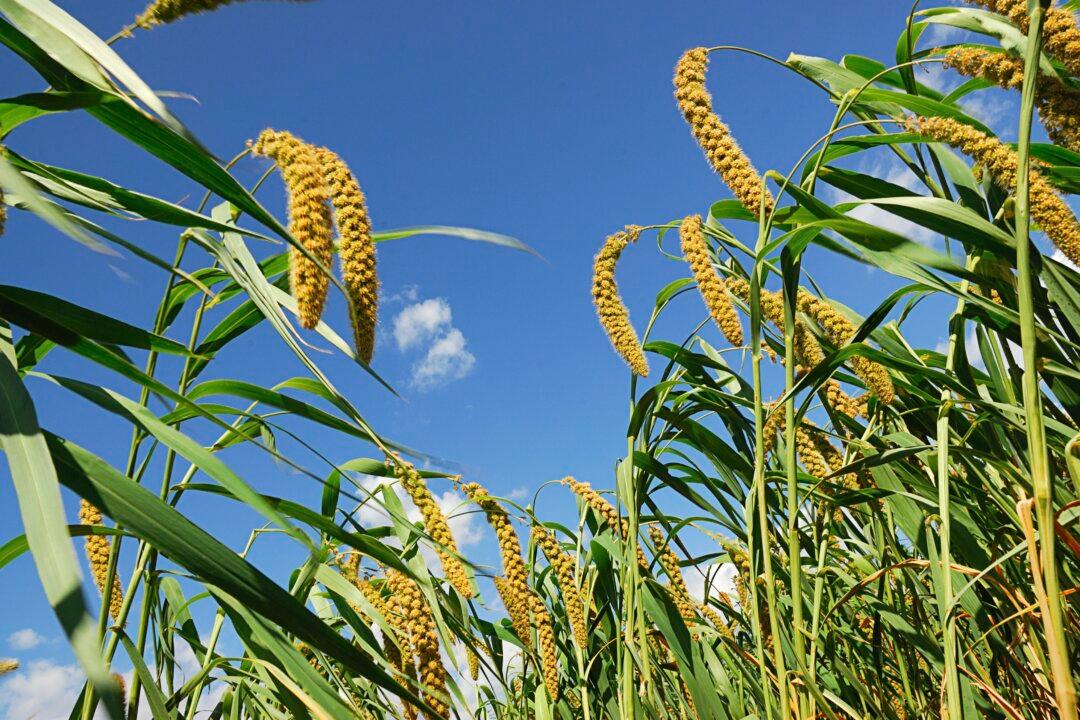Most people in the United States put millet in the birdfeeder, but Amrita Hazra said we ought to eat it ourselves.
Hazra, a postdoctoral researcher at the University of California–Berkeley, plant and microbial biology department, and her colleagues on the Millet Project are cultivating millets, testing millet recipes, and offering samples of millet-based products at local food events and exhibits.
University writer Gretchen Kell spoke with Hazra about the intersection between science and food, what’s so special about millet, and why California is the perfect place to grow it.
What Is Millet, or Is It Millets? And Isn’t It Just for the Birds?
Millet is the name of a type of grain crop that’s been a staple food for humans in many parts of the world. You say millets when referring to the different types of millet species. And yes, in the United States, indeed, millets are primarily used in grain mixes for various kinds of birds, and they’re also forage crops for cattle and poultry. Today, despite being lesser known in Western society, millets are widely cultivated and consumed in many countries in Africa (Ethiopia, Tanzania, Nigeria) and Asia (India, China).
